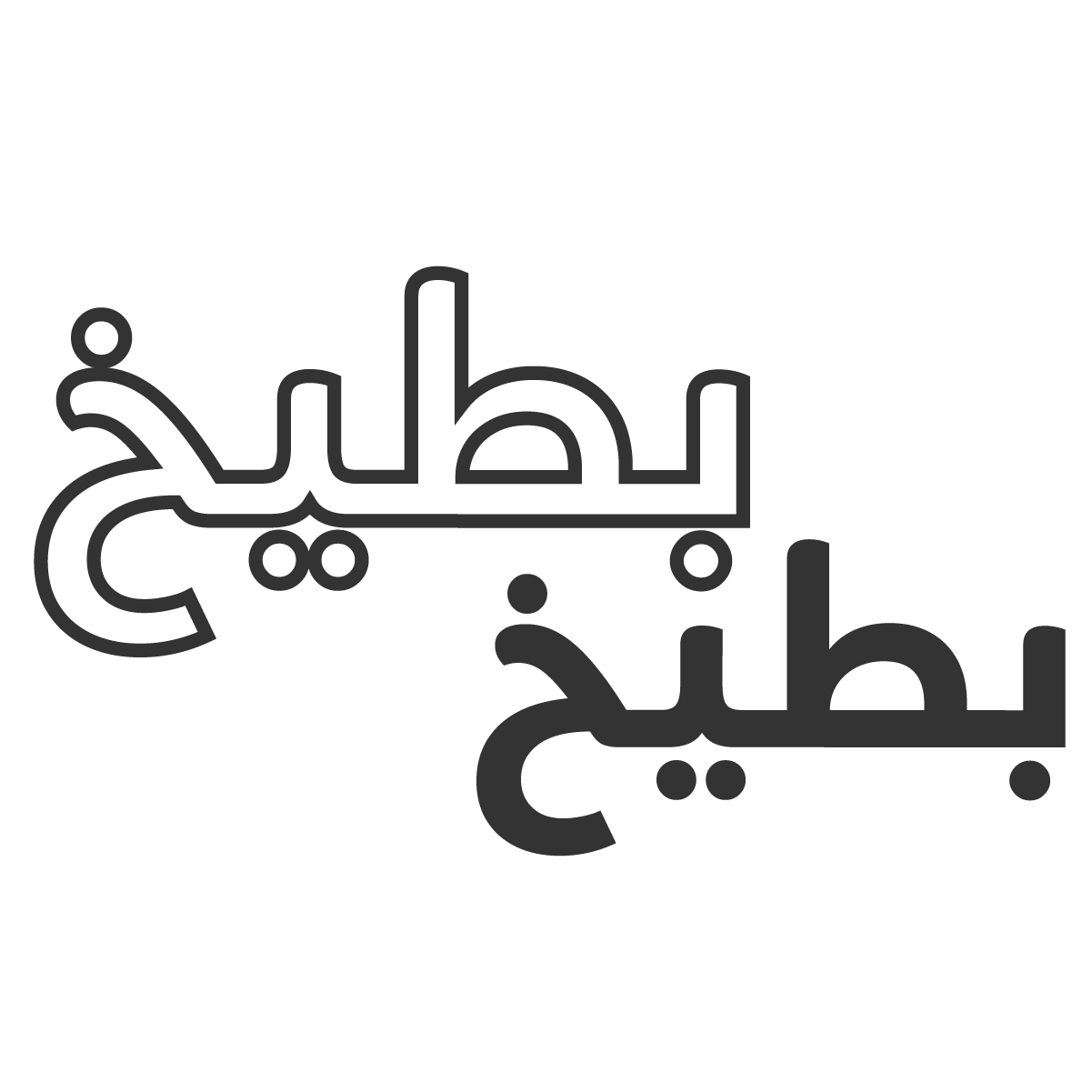Elegy For a Latent Grief: Works by Shaina Nasrin
December 17th, 2022 - January 14th, 2023
Automat Collective
https://www.automatcollective.com/
Curated by Sarah Trad
Shaina Nasrin is an Iranian-American artist working in photography and video. Through an autobiographical lens, their art practice examines facets of identity in relation to notions of ritual, grief, and complexities of home space. They graduated from The University of the Arts with a BFA in Photography + Film Media in 2018. Most recently, their work has been shown at The Delaplaine Arts Center (Frederick, MD), where they were awarded Second Place Prize in the 2022 National Juried Photography Exhibition. Shaina’s work has also been exhibited at New York University (Washington, D.C.), The Woodruff Arts Center (Atlanta, GA), Little Berlin (Philadelphia, PA), and Peters Valley School of Craft (Layton, NJ), among others.
Through an autobiographical framework, my art practice examines facets of identity in relation to notions of ritual, grief and the complexities of home space. My work is inspired by the fervent use of symbolism and allegory in Persian poetry and cinema throughout history. Creating work with personal and cultural censorship in mind, these devices are used to talk about subjects that feel delicate to discuss. Utilizing both documentary photography and alternative processing techniques as modes of storytelling, I look to objects and environments for visual cues that often reveal an underlying narrative living outside the frame. Taking inspiration from the details of my surroundings, I contemplate how personal and cultural loss informs an unresolved sense of identity, and how this manifests in everyday life.
Elegy For a Latent Grief is a new body of work that explores intergenerational trauma and the intricacies of my familial relationships. Building on the visual language of Iran, a story is told through metaphors. Patterns of flowers are ubiquitous, weaving their way strategically through my imagery. Tulips are seen as a symbol of martyrdom in Iran; one of the most prominent symbols of the 1979 Islamic Revolution, and more recently reimagined as a symbol of rebellion towards the current regime. A portrait following my mother in a field of tulips contemplates that turning point, acknowledging the sacrifices Iranian women have made for their freedom of choice. The tulip, hydrangea and forsythia flowers all hold a presence throughout this story. Being perennial blooms, once fallen they do not die, but are preparing to rise again as part of a perpetual growth cycle where each season they are reborn. In a collage saturated in yellow, an image of my mother’s forsythia trees sits behind a family photo of my grandmother. She poses with her garden in Tehran, which wilted and died permanently after her daughter left for America.
As an Iranian-American born outside of Iran and living in the diaspora, I regularly think about what my family has left behind. In a portrait of my mother and two of her sisters, I reflect on my family’s emigration from Iran post-Iranian Revolution, and their experience as displaced persons. I hold my family near the ocean, suspended in time, aiming to connect them to what is now unreachable. When considering how distance affects my family, I am reminded of how this shows up in our everyday lives. The cyanotypes in this body of work juxtapose photographs from my family archive with contemporary images, paralleling physical separation to distances felt emotionally. Using a historical photography process furthers the time I spend with each image by hand processing each print, creating an intimate experience allowing me to better understand connections between past and present. When thinking of the color blue, I am reminded of the hues of cobalt blue pigmented in Persian pottery and mosaics throughout Iranian architecture. These diptychs resemble two ceramic tiles working together to create a larger story that explores the passage of time and my family’s experiences of internal conflict and displacement, speaking to a sense of anxiety and apprehension for the future.
Based on the Iranian cultural anticipation of loss as a community that has rapidly changed over the last century, my work has developed into exploring the ways in which impermanence generates commemoration. To quote Susan Sontag, “All photographs are memento mori. To take a photograph is to participate in another person’s (or thing’s) mortality, vulnerability, and mutability. Precisely by slicing out this moment and freezing it, all photographs testify to time’s relentless melt.” Photographs from my series “Yeki Būd, Yeki Nabūd” depict ritualized mourning within my family, and the memorialization of my ancestors. Alluding to an indefinite time and place, the Farsi phrase translates to “one was there, one was not there.” Reflecting on the impact the death of my maternal grandparents has left on my family, I explore our particular ways of coping with loss. As a method of personal devotion, these photographs document my family’s daily visits to the cemetery. Taking place physically in the same setting, the moving image work looks deeper into my own fear of losing family as the only connection to my culture. Patterns of flora and fauna are strung together like stanzas of a poem, and audio recordings provide a glimpse into conversations from my childhood. The environment created throughout my work is a poetic expression of both fear of loss, and the beauty of love in spite of that sorrow. I recite an elegy for a latent grief, one that exists and is not always developed, but perpetually lying beneath the surface.

